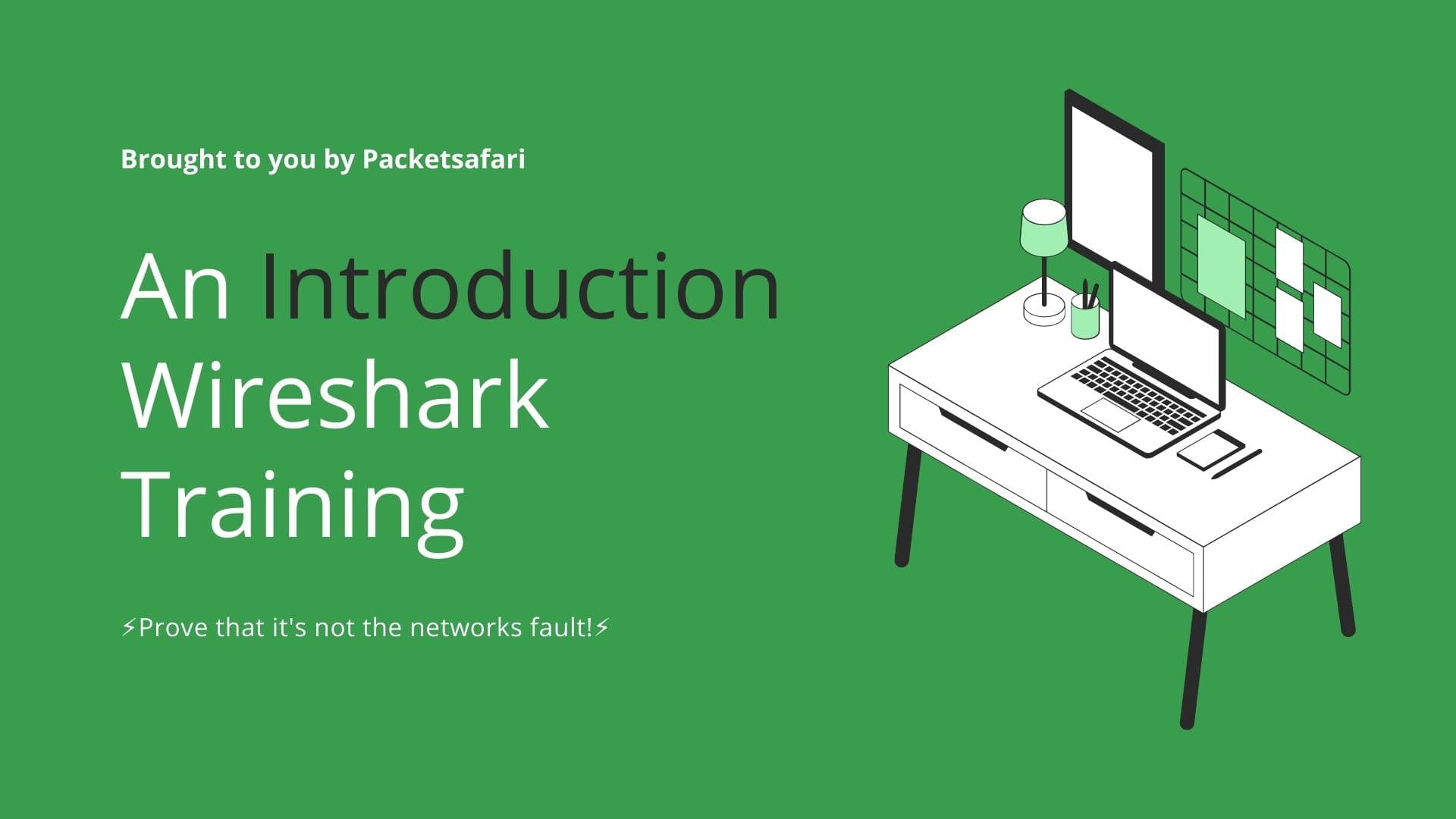ARP is a critical protocol in network communication, and it can often be the cause of network issues. In this article, we will explore real-world case studies of network issues caused by ARP, and how they can be investigated using packet analysis tools like PacketSafari and Wireshark.
ARP is a critical protocol in network communication, and it can often be the cause of network issues. In this article, we will explore real-world case studies of network issues caused by ARP, and how they can be investigated using packet analysis tools like PacketSafari and Wireshark.
Case Study 1: ARP Cache Poisoning
One common issue related to ARP is ARP cache poisoning, also known as ARP spoofing. This occurs when an attacker sends false ARP messages to a device, causing it to associate the attacker's MAC address with the IP address of a legitimate device on the network. The attacker can then intercept network traffic intended for the legitimate device.
To investigate ARP cache poisoning using packet analysis tools, we can capture and analyze ARP traffic using tools like PacketSafari or Wireshark. By examining ARP packets, we can look for inconsistencies in the MAC and IP addresses of devices on the network.
For example, we might notice that a device is receiving ARP responses from two different MAC addresses for the same IP address. This could indicate that an attacker is spoofing the MAC address of the legitimate device. By identifying these inconsistencies, we can take steps to prevent ARP cache poisoning from occurring.
Case Study 2: ARP Broadcast Storms
Another issue related to ARP is ARP broadcast storms. This occurs when a device sends out a large number of ARP requests, causing excessive network traffic and potentially slowing down the network.
To investigate ARP broadcast storms using packet analysis tools, we can capture and analyze ARP traffic and look for patterns in the number of ARP requests being sent by each device. We can also look for devices that are sending an unusually high number of ARP requests, as these devices may be the source of the broadcast storm.
By identifying the source of the broadcast storm, we can take steps to prevent it from continuing and potentially slowing down the network.
Case Study 3: ARP Cache Exhaustion
Another issue related to ARP is ARP cache exhaustion. This occurs when a device's ARP cache becomes full, preventing it from properly mapping IP addresses to MAC addresses.
To investigate ARP cache exhaustion using packet analysis tools, we can capture and analyze ARP traffic and look for devices that are sending an unusually high number of ARP requests. We can also look for devices that are not responding to ARP requests, as this may indicate that their ARP cache is full.
By identifying devices with full ARP caches, we can take steps to clear the cache and prevent ARP cache exhaustion from occurring.
Conclusion
In conclusion, ARP is a critical protocol in network communication, but it can also cause a variety of network issues. By using packet analysis tools like PacketSafari and Wireshark, we can investigate these issues and identify the source of the problem. These tools allow us to capture and analyze ARP traffic, and to look for patterns and inconsistencies that can help us to prevent and resolve ARP-related network issues.



